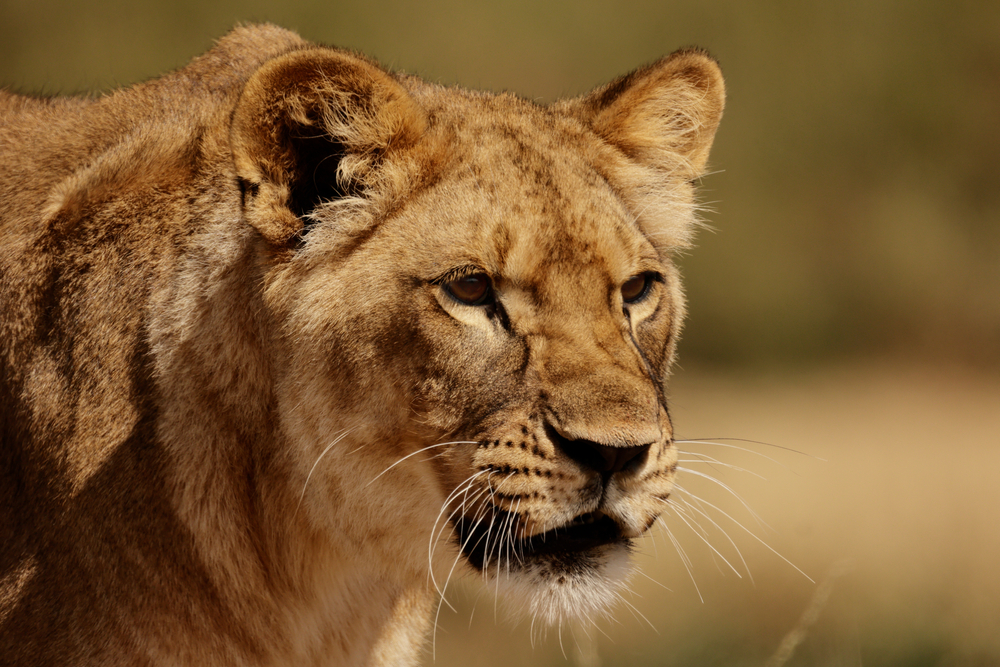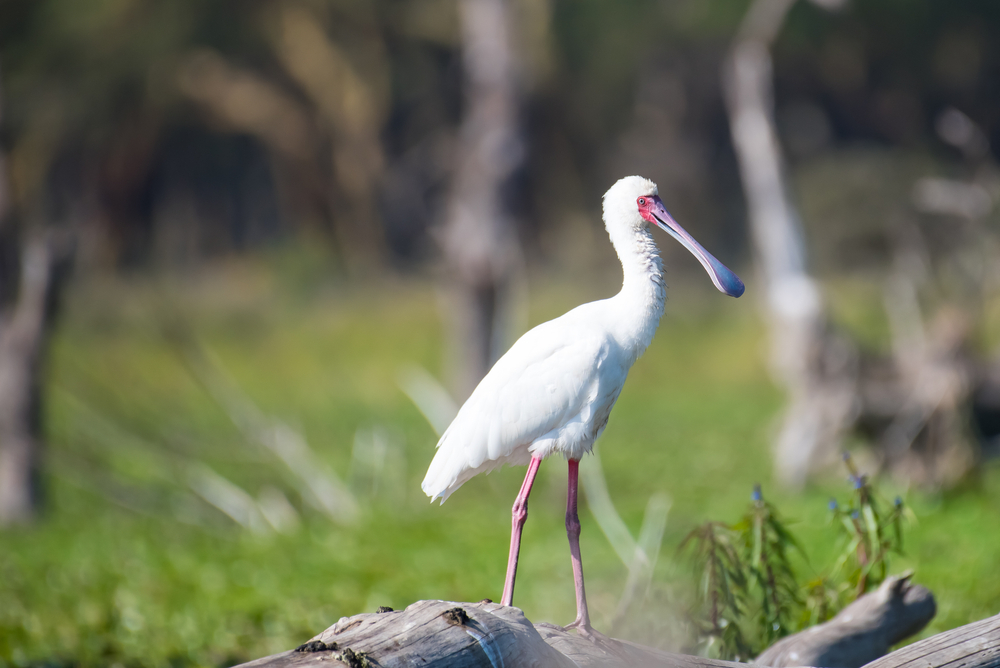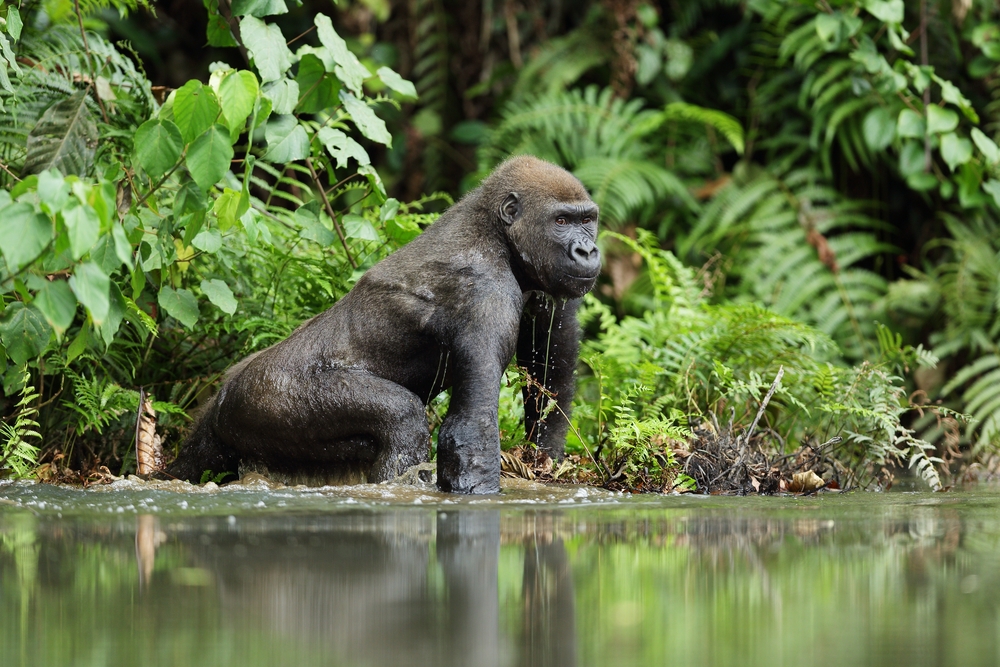Bateke Plateau Overview
Bateke Plateau National Park, locally known as “Parc National des Plateaux Batéké”, is a vast protected area in southeastern Gabon that preserves the unique landscapes of the Batéké Plateau. Spanning over 2,034 square kilometers (785 square miles), this park is characterized by a mosaic of rolling savannas, gallery forests, and riverine ecosystems. It is an essential sanctuary for Gabon’s savanna biodiversity, a stark contrast to the country’s predominantly rainforest-dominated national parks.
The terrain of Bateke Plateau National Park is a striking combination of grassy plateaus interspersed with forest patches, steep river valleys, and sandy soils. This unique environment supports an array of flora adapted to the park’s dry, open savannas and lush riverine habitats. The park is also bisected by the Mpassa River, which provides a vital water source for both wildlife and local communities.
The park’s wildlife includes iconic African species such as lions, leopards, and African buffalo, along with more elusive animals like servals and aardvarks. Bateke Plateau is also a haven for birdwatchers, offering sightings of species like Denham’s bustard and Angola swallow. The park supports one of the last remaining populations of savanna-adapted forest elephants, highlighting its conservation significance. Additionally, the rivers and wetlands are home to hippos and a variety of aquatic species.
Visitors to Bateke Plateau National Park can engage with its diverse landscapes and wildlife through eco-tourism activities such as guided safaris, birdwatching tours, and river excursions. Hiking trails through the savannas and forest patches offer an immersive way to experience the park’s beauty. Cultural interactions with the Batéké people, who have lived in harmony with this landscape for centuries, provide insights into the traditional practices that have helped sustain the area’s biodiversity.
The park faces significant conservation challenges, including poaching, agricultural encroachment, and the threat of habitat fragmentation. As one of the few savanna-dominated ecosystems in Gabon, Bateke Plateau is particularly vulnerable to these pressures. Climate change adds another layer of complexity, with altered rainfall patterns potentially affecting the delicate balance of its ecosystems. However, conservation efforts led by Gabon’s National Parks Agency and international partners have made strides in addressing these issues. Anti-poaching patrols, community outreach programs, and research initiatives have been instrumental in protecting the park’s biodiversity.
Bateke Plateau National Park is not only a critical area for the preservation of savanna ecosystems in Gabon but also a testament to the importance of sustainable conservation. By combining eco-tourism, local community involvement, and robust conservation strategies, the park offers a model for balancing environmental preservation with socio-economic development. Protecting its unique landscapes ensures that future generations can continue to experience its natural wonders.












































































